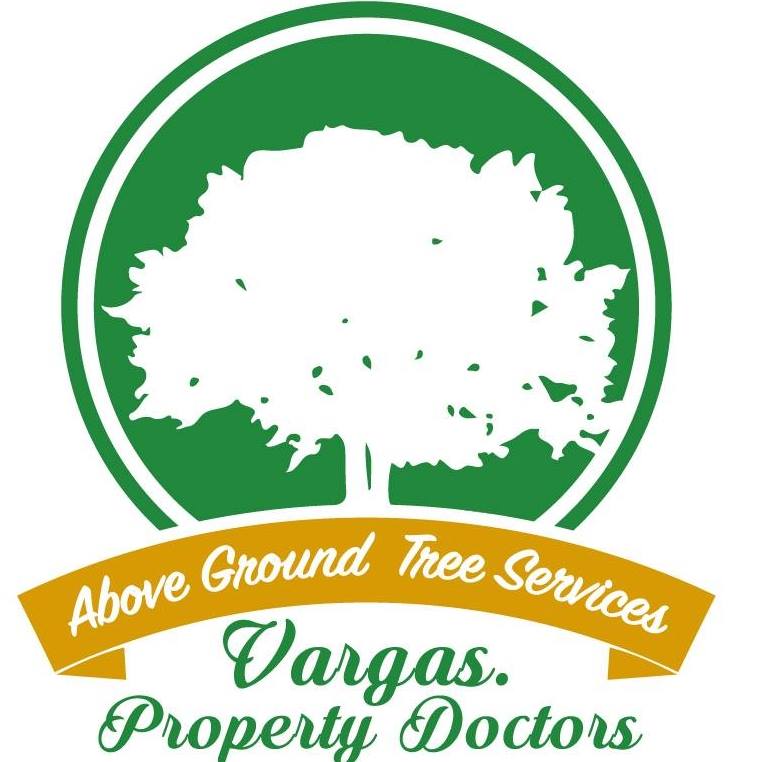As a homeowner, you may take great pride in the trees that adorn your property. They provide shade, beauty, and add value to your home. However, trees, just like any living organism, can face various issues that may compromise their health and stability. Recognizing the signs of trouble is crucial to prevent further damage and ensure the safety of your surroundings. While some tree issues can be addressed with DIY methods, others require the expertise of an arborist. Let’s delve into some common signs that your tree may be in trouble.
One common indicator that your tree may be in distress is the presence of dead or decaying branches. These branches can be a sign of disease, pest infestation, or simply old age. Dead branches not only detract from the aesthetic appeal of your tree but also pose a safety hazard, as they are more likely to break and fall, especially during storms or strong winds. It’s important to regularly inspect your tree for any dead or decaying branches and promptly remove them to promote the overall health of the tree.
Furthermore, another red flag to watch out for is unusual leaf discoloration or premature leaf drop. Discolored leaves, such as yellowing, browning, or spotting, can indicate nutrient deficiencies, diseases, or environmental stressors. Similarly, if your tree is shedding leaves outside of its normal seasonal cycle, it could be a sign of underlying issues such as root damage or fungal infections. Monitoring the leaf health and patterns of leaf drop can provide valuable insights into the well-being of your tree and prompt early intervention if necessary.
Common Signs of Tree Trouble
1. Visible Decay: If you notice extensive decay or cavities on the trunk, branches, or roots of your tree, it can indicate structural weakness and potential hazards. Decay can compromise the tree’s stability and pose a threat to nearby structures or individuals.
2. Weak or Dead Branches: Branches that are weak, dead, or hanging precariously can pose a significant danger, especially during storms or high winds. These branches are prone to falling and can cause property damage or injury to people.
3. Changes in Foliage: Any significant changes in your tree’s foliage, such as discoloration, wilting, or premature leaf drop, may indicate underlying issues. It can be a sign of pests, diseases, nutrient deficiencies, or root problems.
4. Leaning or Unbalanced Trees: Trees that are leaning excessively or have an unbalanced growth pattern may have root issues or stability problems. These trees should be inspected by an arborist to assess the risk they pose and determine the best course of action.
5. Visible Cracks or Splits: Cracks or splits in the trunk or main branches can indicate structural weakness, making the tree susceptible to breakage or splitting during severe weather conditions.
6. Excessive Pest Activity: If you observe an unusually high presence of pests, such as bark beetles or wood borers, it may be a sign that your tree’s health is declining. Pests can weaken the tree’s immune system and increase its susceptibility to diseases.
Why DIY is NOT the Answer
While tackling small tree care tasks can be manageable for enthusiastic homeowners, certain tree issues require the expertise and knowledge of an arborist. Professional arborists not only have the necessary equipment, but they also have the expertise to diagnose problems accurately and provide the most effective solutions. Tree care is a complex task that requires an understanding of biology, pruning techniques, and safety measures.
Attempting to handle tree issues, such as severe structural damage or large tree removal, without professional help can lead to accidents, property damage, and even personal injuries. Arborists are trained to assess the risks and develop appropriate strategies to mitigate potential hazards.
Furthermore, arborists are equipped with specialized tools and techniques to safely perform tree maintenance, such as pruning, cabling, and tree removal. They have the knowledge to identify potential dangers that may not be immediately apparent to an untrained eye. Entrusting your tree care needs to an experienced arborist ensures that the job is done safely and effectively.
When to Call an Arborist
Now that you’re aware of some common signs of tree trouble and the limitations of DIY tree care, let’s discuss when it’s best to call an arborist. It’s recommended to consult with an arborist in the following situations:
- If your tree shows signs of extensive decay or cavities.
- If your tree has weak or dead branches that pose a risk.
- If your tree’s foliage displays abnormal discoloration, wilting, or premature leaf drop.
- If your tree is leaning excessively or has an unbalanced growth pattern.
- If your tree exhibits visible cracks or splits in the trunk or branches.
- If your tree is showing evidence of excessive pest activity.
Calling an arborist for a professional evaluation of these issues can help prevent further damage and ensure the safety of your property and loved ones.
Conclusion
Proper tree care is essential in maintaining the health and beauty of your trees. Understanding the signs of tree trouble is the first step towards addressing any issues promptly. While DIY tree care can be suitable for minor tasks, it’s vital to recognize when it’s time to call an arborist. Professional arborists are trained to diagnose and address a wide range of tree problems, ensuring the safety and longevity of your trees. If you have concerns about the health or stability of your trees, don’t hesitate to contact a professional arborist. Schedule a consultation with Above Ground Tree Service, and our experienced team of arborists will provide a thorough assessment of your trees and recommend the best course of action. Don’t wait until it’s too late – take proactive steps to ensure the health and safety of your trees and your property.





